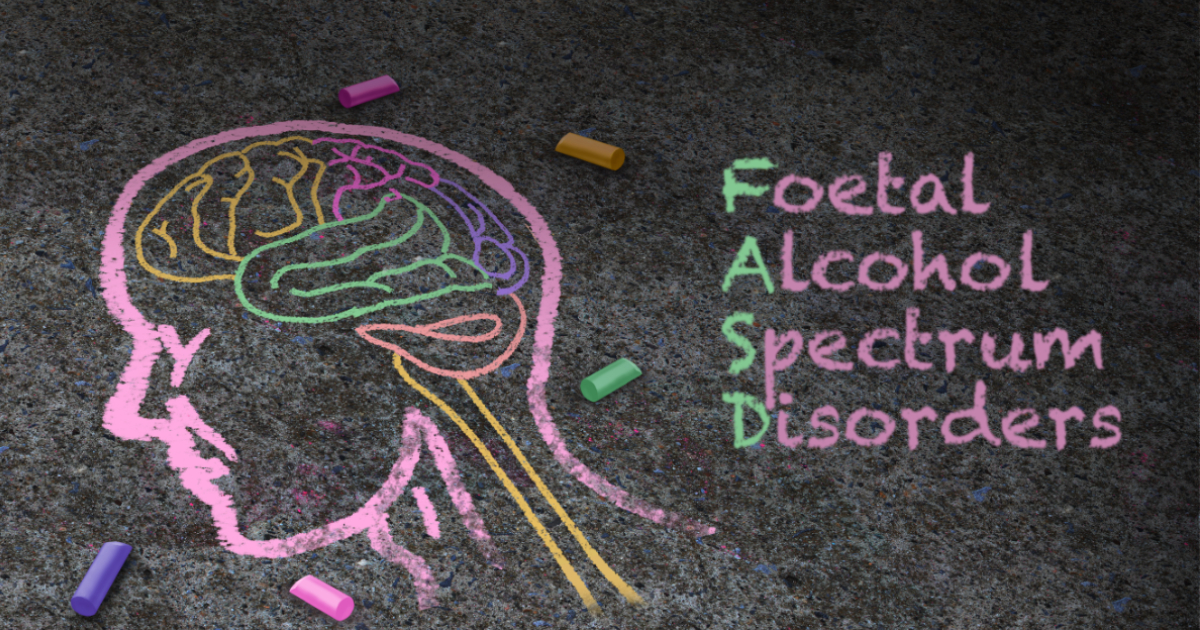FASD is the most common non-genetic cause of learning disability in the UK... but how much do you know about it?
Teachers often teach pupils with a range of diagnoses. In fact, it's highly likely you have children with a clinical diagnosis of some form in your classroom.
And you've probably received training on strategies to use with pupils with ASD or ADHD - and are using some of them very effectively!
But now you've been told one of your pupils has Foetal Alcohol Spectrum Disorder.
(Yes - the S in FASD stands for Spectrum, and not Syndrome as many people believe.)
But what does it actually mean?
And how do you give support in the classroom - so you're less likely to see challenging behaviours?
What is FASD?
FASD is the most common non-genetic cause of learning disability in the UK.
It is estimated that 1% of the UK population is affected by FASD.
That means that approximately 7000 babies are born every year with FASD. Some recent studies suggest that this figure is, in fact, much higher.
And most of us have never heard of it.
If a woman drinks alcohol during pregnancy, the alcohol can pass to the baby through the placenta. This can then damage cells in their brain, spinal cord and other parts of their body.
Within minutes of mum having a drink, the alcohol level in the baby’s blood is at the same level as it is in the mum’s blood.
Sometimes the woman may then lose the baby. But if she doesn’t then the baby is usually left with lifelong problems.
(Important: not every woman who drinks during pregnancy will have a baby with FASD. It depends upon how much alcohol is consumed. It also depends on the mother and child's ability to break down the alcohol.)
How do we know if a child has FASD?
Some children are born with facial characteristics that indicate they have FASD - but these are the minority (10%).
The other 90% show very few outward signs at all. This is why FASD is sometimes called the 'hidden disability'.
FASD is often undiagnosed, or diagnosed as ASD or ADHD - and a child with FASD could have either of these disorders as well.
(If you want more information, here's an article about the difference between ADHD and autism/ASD).
And many children with FASD are misdiagnosed as having an attachment disorder.
This is because over 70% of children with FASD have progressed through the care system.
That makes FASD difficult to diagnose successfully.
What behaviours are associated with FASD?
Here are some common behaviours that are associated with FASD.
- difficulties with concentration
- difficulties with learning (especially maths)
- specific language deficits (e.g. poor receptive language)
- poor short term or working memory
- issues with emotional regulation
- difficulties making or sustaining friendships despite appearing sociable
- hearing or sight problems
- sensory sensitivities
- a tendency to be oppositional or defensive when asked to do something
- difficulties doing something that they have done before
- a lack of understanding of cause and effect
- impulsiveness (e.g. saying the first thing that comes into their head)
You'll notice that these behaviours have a lot in common with other conditions like autism and ADHD.
How do I support students with FASD in the classroom?
Defensive behaviours develop when the child with FASD doesn’t feel like they fit into the world.
Diagnosis and appropriate support can reduce or even prevent these behaviours.
And linking the right strategy to the right need is essential for classroom success.
Here are some key principles to follow:
- Provide multi-sensory, practical learning opportunities. (And repeat them many times!)
- Remove as many distractions as possible from the learning environment
- Make sure your pupil knows the routine (and support them when it changes)
- Use simple language
- Break down instructions, directions and tasks into short steps
- Give them processing time when you ask them questions (tell them to pause, think, and not say the first thing that comes into their head)
- Use over-learning approaches
- Talk to the families so that home and school are using the same approach/language
Key takeaways
At least 1% of the UK population is affected by FASD, which is often misdiagnosed.
Problems with schooling, mental health, independence and finding employment are common.
Children with FASD may have difficulties with their memory, language, communication and social interaction.
Use simple language and break down multi-sensory learning opportunities into small steps.

